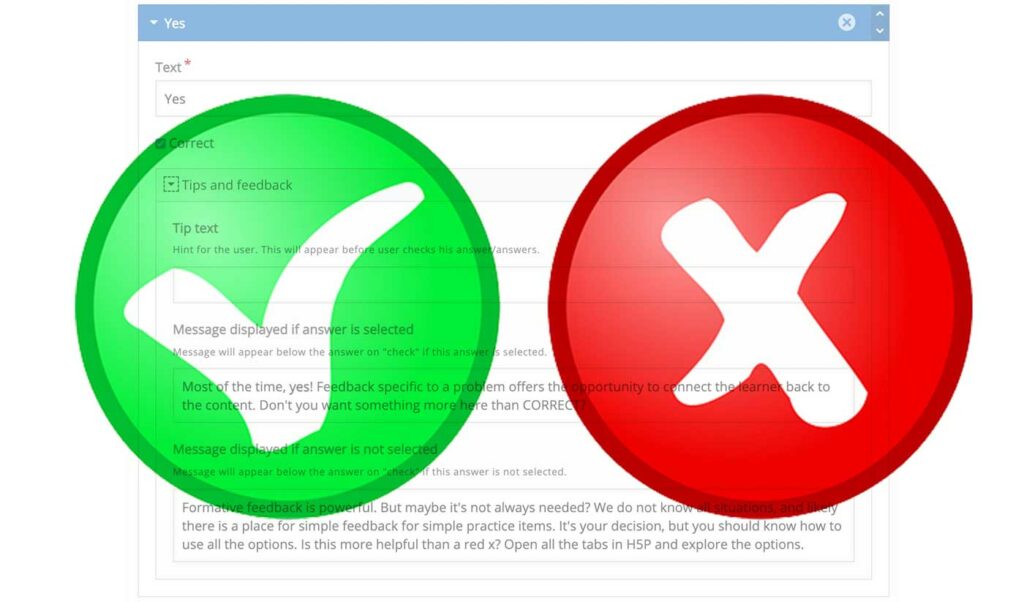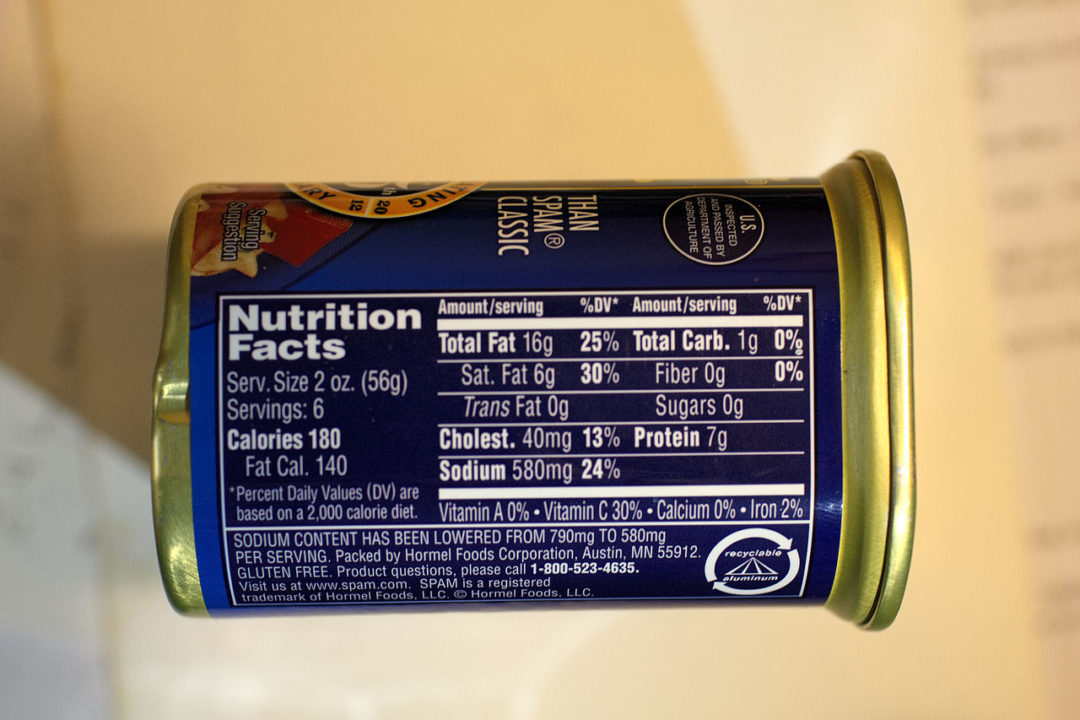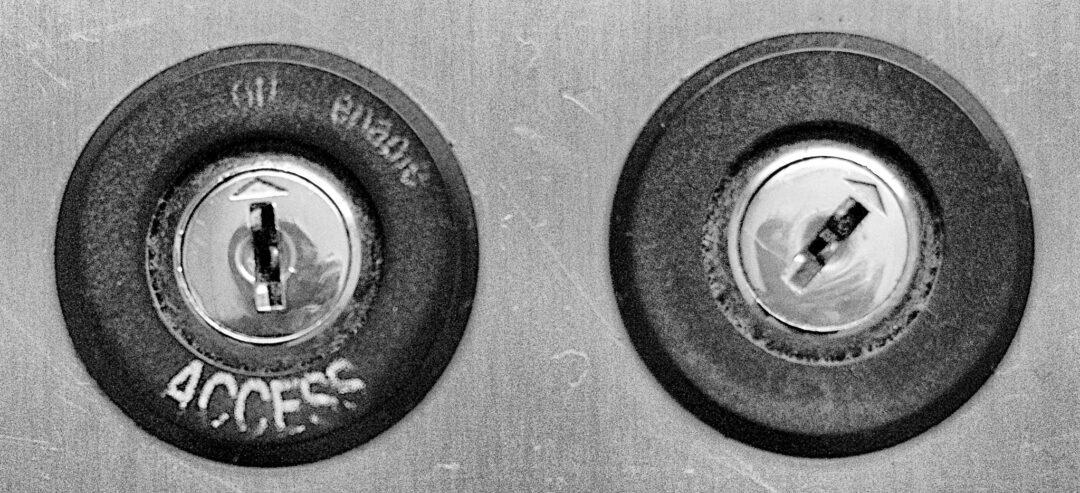Because the projects funded by BCcampus focus on creating practice activities in the context of open textbook content, the features that H5P provides for giving feedback is important for us.
Previously we have provided some guidelines and examples for creating Formative Feedback. Early in the project we noticed that a large majority of H5P content does not make use of the features H5P provides, and urging creators to go beyond correct/incorrect feedback.
And while we have organized a list of the 21 H5P tools that provide feedback and also meet accessibility standards, we note that it is still not easy to do because they kinds of feedback possible vary from tool to tool. This became obvious after we did a demo session for one of our project teams when one of them contacted us later.
I watched the video session you gave us and saw the trick you had for adding feedback in the text/code for the drag text instances, I will try and add more feedback using this method, but I still have not figured out how to add formative feedback to the flash cards or the drag and drop images instances I created.
Some H5P tools (multiple choice, drag words, true false) offer the ability to provide feedback at the item level, other tools like the ones mentioned only provide feedback based on the percentage of correct responses (e.g. feedback for all incorrect, all correct, or at levels like 25%, 50% correct).
The bottom line is that each tool varies in what kind of feedback is possible. I have started to develop a summary as a spreadsheet, consider it a work in progress.
But it also struck me in reading the question that one not be limited in feedback to what the tool alone provides.
Follow One H5P With Another
The Flashcards activity offers an image and a fill in the blank type response. It merely tells you correct/incorrect for each card and at the end, gives a score. Let’s use an example from the Psychology H5P edition project
We could follow this up with a multiple choice type where the learner clicks response that corresponds to their score. It’s a little bit of a hack to replicate the H5P range feedback.
Or Maybe Follow With 2 More!
Let’s look at another example from the Vital Sign Measurements Across the Lifespan textbook, one of the 2020 H5P Kitchen projects that is now on our shelf.
This team made a clever use of a content type that provides no feedback, the Image Juxtaposition type. And they used it in an unexpected way- a typical use is to compare two images of the same item, e.g. a before and after photos of a flooded area or perhaps a microscope specimen under different lighting conditions.
In the Vital Signs textbook, Image Juxtaposition was used to compare a correct and incorrect method of measurement. Having to move the slide back and forth calls in the learner to compare the images in place. Look at the chapter on Finding the Error: Tympanic Temperature.

In this case the first H5P content provides no built in feedback. So a second one, Fill in the Blanks is used for the learner to indicate whether A or B is the image with the correct measurement method. And they have inserted an Accordion as a third type to offer an explanatory feedback for the correct response.
This latter method again is an interesting approach for using an H5P Content type that is really just a way of displaying content in an effective way. A question can be asked of the learner to think about before opening the Accordion to read helpful feedback.
Here is another example shared by JR Dingwall from University of Saskatoon (it was one tweet within 15 shared in JR’s presentation for 2021 WordPress in Education Twitter Conference). This example shows a fill in the blank activity for a pharmacy class, but note how the worked example is made available via the accordions below it.
We suggest that you not be completely constrained by the limits of what the H5P content types can do for feedback. With some ingenuity you can find other ways to provide feedback even if the tool itself does not.
We’d love to hear your ideas for using the Feedback features of H5P you use or have seen in others content.
One more time for feedback on feedback…
Featured Image: Pixabay image of Yes/No Feedback by Clker-Free-Vector-Images edited to overlay a screenshot of the H5P editing interface of the Feedback fields for the Multiple Choice content type.



